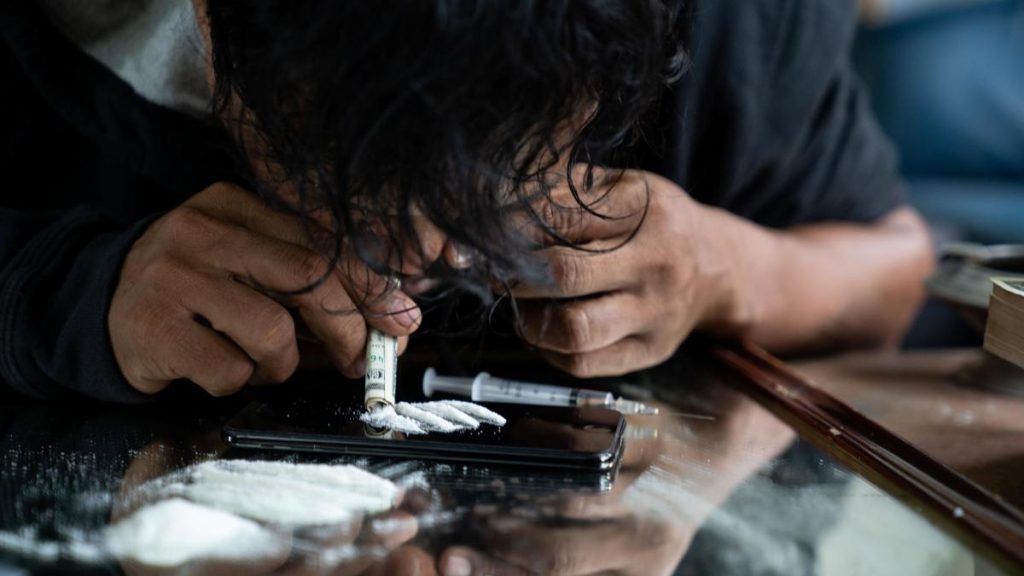The Police Crime Statistics (PKS) for the year 2023 in Germany show a significant increase in drug-related crimes, particularly in the consumption of cocaine and crack. There were a total of 36,890 cases documented for both drugs, marking a 29.1% increase compared to the previous year. One of the reasons for this surge is attributed to the high availability of cocaine and crack in Germany and Europe, fueled by increasing cultivation and production in South America. The record amount of over 35 tons of cocaine seized suggests that the German market has been flooded with the drug, leading to the spike in consumption.
The Federal Criminal Police Office (BKA) does not have specific information on why cocaine consumption is on the rise, but it has noted that cocaine is no longer considered an “elite drug.” Despite its relatively high prices, cocaine has become more affordable for many individuals in Germany and is now widely accepted in society. The number of suspects involved in cocaine and crack-related crimes has also increased by 23.2%, totaling 30,463 individuals. Of these suspects, 13,814 (up by 27.6%) are non-German nationals, including 3,816 immigrants – a 35.7% increase. Drug-related crimes are often detected through police controls, leading to a higher number of reported offenses. It is believed that the actual number of drug-related crimes may be higher than reported.
On Tuesday, Federal Interior Minister Nancy Faeser (SPD) is set to present the statistics alongside BKA President Holger Münch and the Chairman of the Interior Ministers’ Conference, Michael Stübgen (CDU). The overall number of drug-related offenses in the year 2023 amounted to 266,280 suspects, with a slight decrease of 0.6%. Approximately 85,625 of these suspects do not hold German citizenship, marking an 11% increase, including 23,254 migrants (up by 18.6%). Cannabis offenses increased by 0.8% to 215,865 cases, maintaining its position as the most commonly abused illegal drug. The German Drug and Addiction Monitoring Center reported that around 40% of outpatient and 30% of inpatient treatments were linked to cannabis and cannabinoids consumption.
The PKS recorded decreases in heroin (10,130 cases, down by 3.5%) and LSD (809 cases, a decrease of 10.7%). Similarly, the number of cases involving amphetamines/methamphetamines and their derivatives (including ecstasy) decreased by 4.3% to 40,380 cases. The largest reduction was observed in “New Psychoactive Substances” (NPS), also known as designer drugs, with 3,005 cases (a decrease of 17.9%). These NPS are often sold as pills, powders, or blotter paper. Illegal drug consumption contributes to approximately 2,000 deaths in Germany each year. The number of drug-related deaths has doubled since 2013, when there were 1,002 recorded fatalities.
Overall, the latest Police Crime Statistics in Germany reveal a significant increase in drug-related offenses, particularly in the consumption of cocaine and crack. While some drugs have seen decreases in usage, the availability and affordability of certain substances have contributed to the rise in consumption. The authorities are focused on addressing the ongoing drug issue and working to combat the associated criminal activities and health risks in the country.


